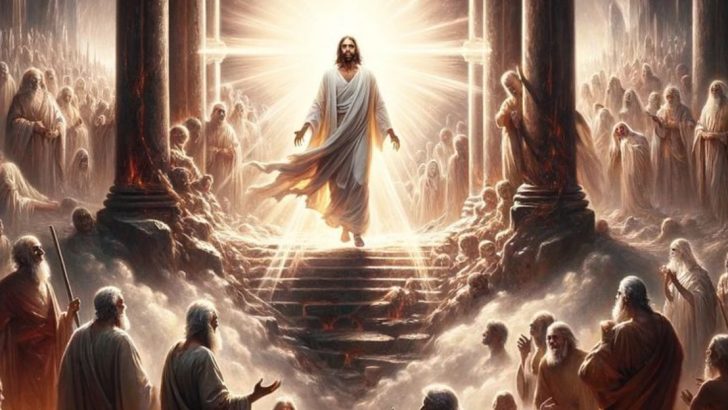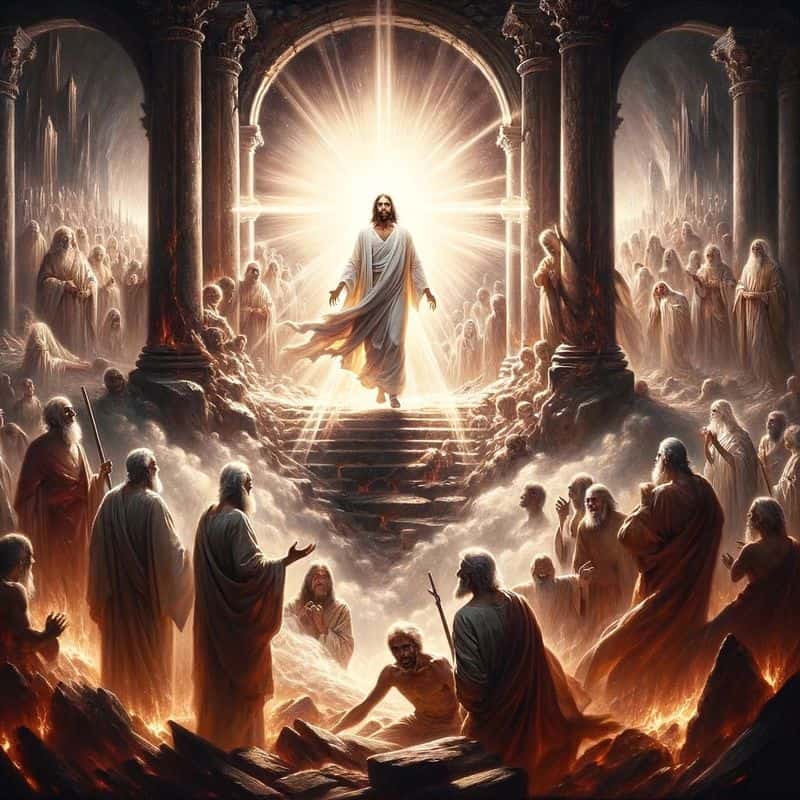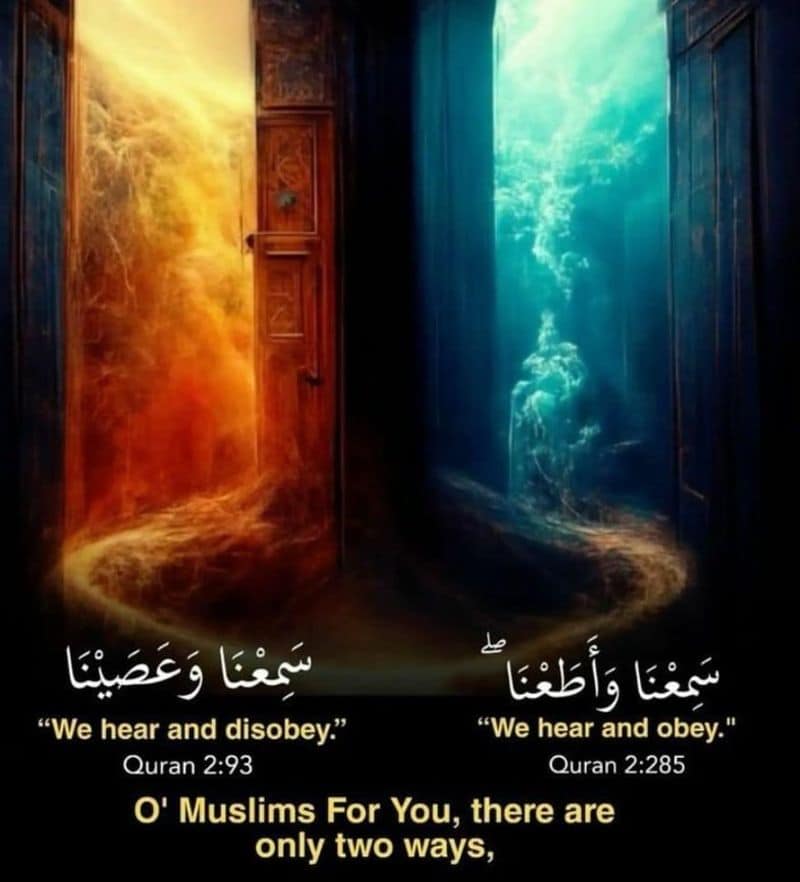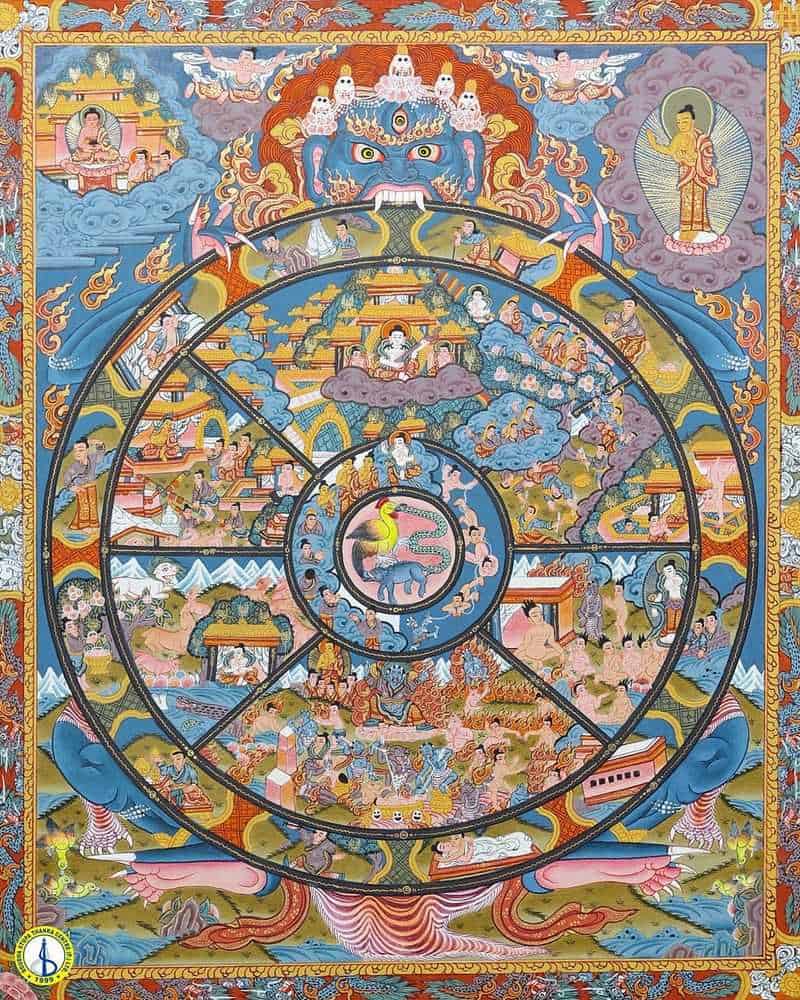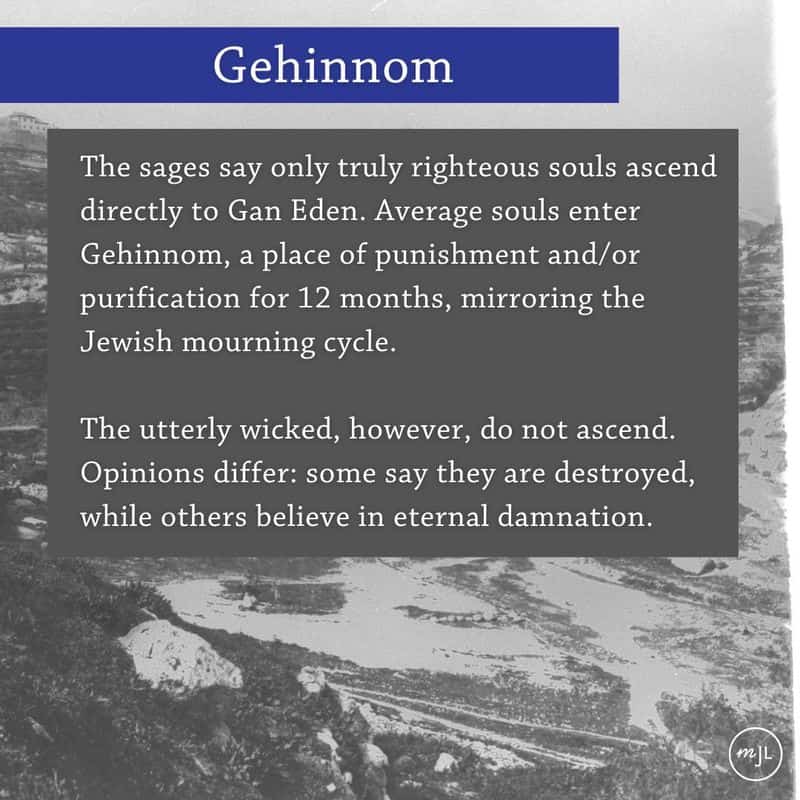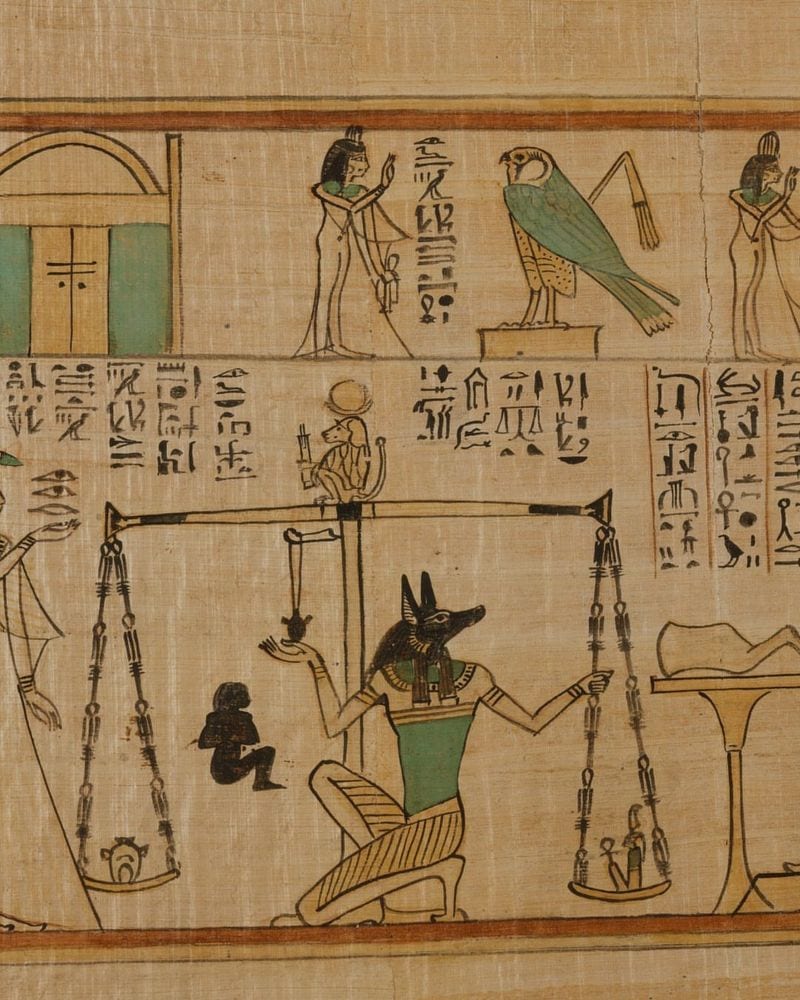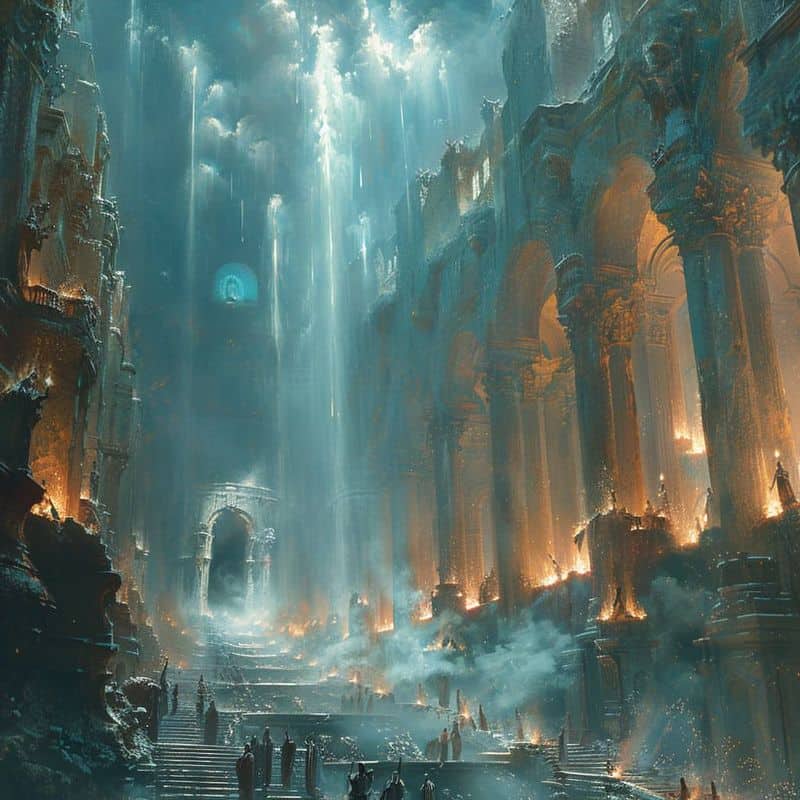Have you ever wondered what happens after we die? Throughout history, religions worldwide have created vivid descriptions of the afterlife, particularly heaven and hell.
These sacred destinations represent our ultimate reward or punishment, reflecting each faith’s values and beliefs.
From fiery pits to peaceful gardens, let’s explore how seven major religions envision these eternal realms.
1. Christianity’s Golden City and Lake of Fire
The Bible describes heaven as a radiant city with streets of gold, where God’s presence illuminates everything. No tears, pain, or suffering exist in this realm of perfect communion with the divine. Angels sing praises while believers reunite with loved ones in eternal peace.
Hell presents a stark contrast – often portrayed as a lake of fire where souls experience eternal torment and separation from God. Medieval artists like Hieronymus Bosch popularized frightening imagery of demons torturing sinners.
Interestingly, early Christian concepts of hell were influenced by Greek ideas of Hades and the Jewish concept of Gehenna, a garbage dump outside Jerusalem where fires constantly burned.
2. Islam’s Seven-Layered Paradise and Punishment
Jannah (Islamic heaven) features seven magnificent levels, each more splendid than the last. Rivers of honey, milk, and wine flow through lush gardens where believers rest on jeweled couches. The highest level, Firdaus, offers the ultimate reward: gazing upon Allah’s face.
Jahannam (Islamic hell) also contains seven increasingly terrible levels. The Quran describes intense heat, boiling water, and zaqqum – a bitter tree whose fruits resemble demons’ heads.
The faithful don’t immediately enter these realms after death. Muslims believe in Barzakh, a waiting period until Judgment Day when Allah determines each soul’s eternal destination.
3. Hinduism’s Temporary Heavens and Hells
Unlike Western religions, Hinduism sees Svarga (heaven) as a temporary reward, not a final destination. Here, souls enjoy sensual pleasures and divine company in Lord Indra’s celestial realm until their good karma depletes, then reincarnate back to Earth.
Naraka (hell) similarly serves as a temporary punishment. Twenty-eight different hells exist, each designed for specific sins – liars might have their tongues pulled out while thieves endure amputation.
The ultimate goal isn’t reaching heaven but achieving moksha – liberation from the cycle of rebirth altogether. Only then does the soul merge with Brahman, the universal consciousness, transcending both heavenly and hellish realms.
4. Buddhism’s Six Realms of Existence
Buddhism doesn’t have permanent heaven or hell but features six realms within samsara (cycle of rebirth). The deva realms resemble heavens where godlike beings enjoy immense pleasure and extremely long lives, yet even these beings eventually die and reincarnate.
The hell realms contain unimaginable suffering, with cold hells where skin cracks like lotus flowers and hot hells where flesh melts from bones. Yet Buddha taught these states are temporary – once negative karma depletes, rebirth occurs in higher realms.
Enlightened Buddhists seek neither heaven nor fear hell, instead pursuing nirvana – complete liberation from suffering and the cycle of rebirth altogether.
5. Judaism’s Garden of Eden and Purifying Gehinnom
Gan Eden (Garden of Eden) represents the Jewish heaven – not clouds and harps but a place where righteous souls study Torah with the greatest sages and bask in divine presence. The reward isn’t idle pleasure but intellectual and spiritual fulfillment in closeness to God.
Gehinnom differs dramatically from popular hell concepts. Rather than eternal punishment, it functions as a spiritual cleansing, typically lasting no more than 12 months. Souls undergo purification before ascending to Gan Eden.
The truly wicked might face complete annihilation rather than eternal torment. This reflects Judaism’s focus on justice rather than vengeance, with afterlife concepts emphasizing spiritual growth over punishment.
6. Ancient Egyptian Scale of Justice
Ancient Egyptians believed in Aaru (Field of Reeds), a perfect mirror of earthly life where the justified dead enjoyed eternal abundance. Here, the blessed cultivated magical crops, reunited with loved ones, and sailed with the sun god Ra across perfect blue skies.
To reach this paradise, one’s heart had to be weighed against Ma’at’s feather of truth. Hearts burdened by sin would be devoured by Ammit, the soul-eating monster – a fate worse than hell, as it meant complete non-existence.
The Book of the Dead contained spells to help navigate these afterlife challenges. Wealthy Egyptians were buried with this text and provisions for their journey, believing physical objects would transform into spiritual resources in the next world.
7. Norse Mythology’s Warrior Paradise and Misty Underworld
Valhalla stands as the ultimate warrior’s heaven in Norse belief – a magnificent hall where fallen heroes feast, fight, and drink mead served by Valkyries. Only half of those who die in battle earn entry; the goddess Freya claims the other half for her beautiful realm, Fólkvangr.
Most ordinary Norse people expected to go to Helheim, a cold, misty underworld ruled by the goddess Hel. Unlike Christian hell, Helheim wasn’t punishment but simply the default afterlife – a dreary, shadowy reflection of the living world.
The truly wicked faced Náströnd, a hall made from serpents whose venom dripped eternally on oath-breakers and murderers. These realms would ultimately be destroyed during Ragnarök, the Norse apocalypse.

